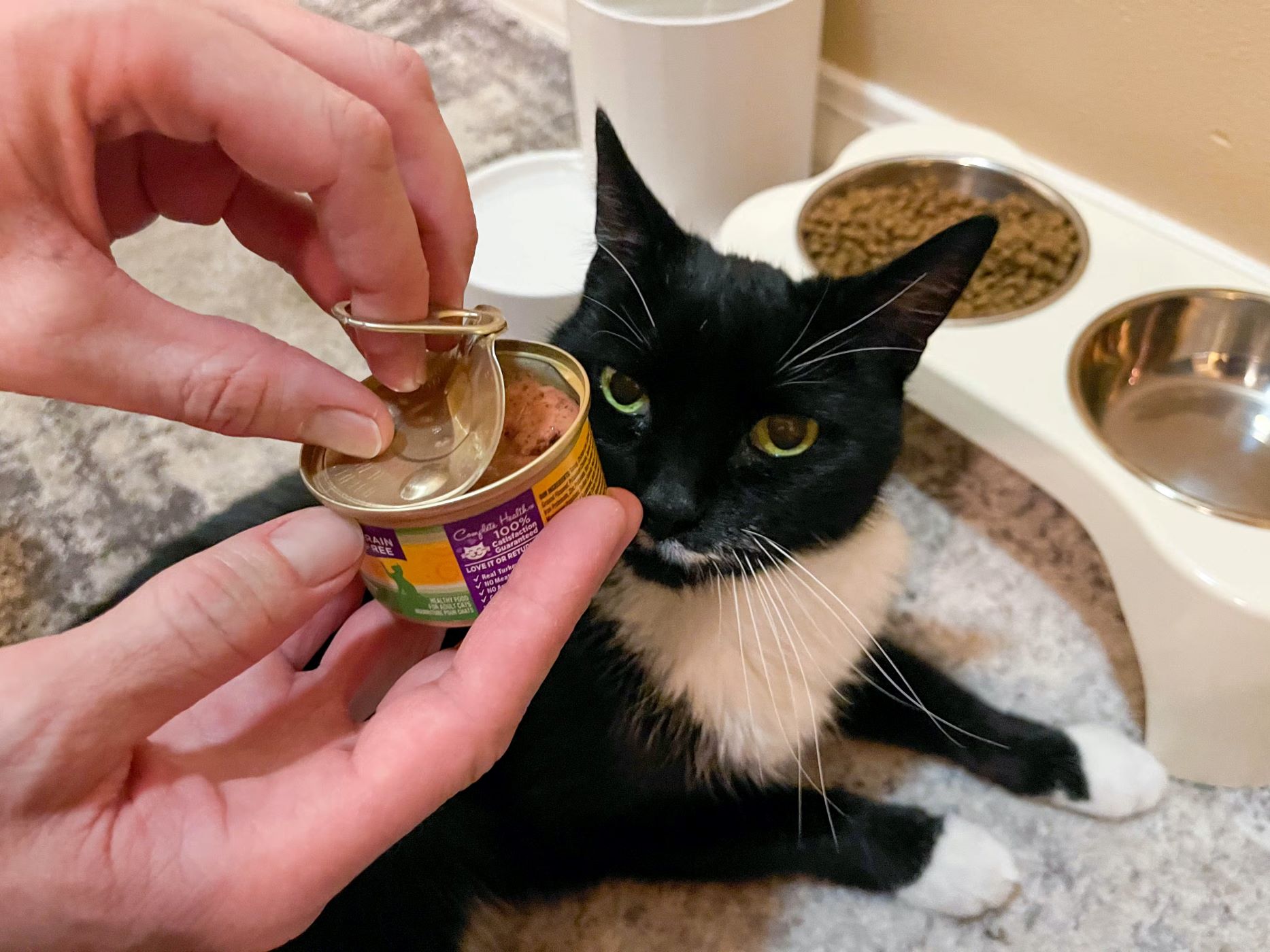

Articles
How To Store Open Wet Cat Food
Modified: May 6, 2024
Learn the best methods for storing open wet cat food to keep it fresh for longer. Read our articles for helpful tips and tricks.
(Many of the links in this article redirect to a specific reviewed product. Your purchase of these products through affiliate links helps to generate commission for Storables.com, at no extra cost. Learn more)
Introduction
As a cat owner, you know how important it is to provide your furry friend with the best quality food. While dry cat food is convenient and can be left out for a longer period, wet cat food is often preferred for its high moisture content and rich flavors. However, once you open a can of wet cat food, storing it properly becomes essential to maintain its freshness and ensure your cat’s health.
In this article, we will guide you through the steps of storing open wet cat food to maximize its shelf life and keep it safe for your feline companion. From choosing the right storage container to refrigerating and freezing the food, we’ll cover all the necessary information to help you maintain the quality of the wet cat food.
By following our recommendations, you can ensure that the wet cat food remains safe from bacterial contamination, maintains its taste and nutritional value, and keeps your cat happy and healthy.
Key Takeaways:
- Choose airtight, food-grade containers for open wet cat food to maintain freshness and prevent spoilage. Avoid using the original can and opt for transparent containers for easy monitoring.
- Refrigerate opened wet cat food promptly at 40°F and use within 2-3 days to minimize bacterial growth. Freezing in portions allows for longer storage, but always thaw and serve at room temperature for your cat’s safety.
Read more: How To Store Wet Cat Food
Step 1: Choosing the Right Storage Container
When it comes to storing open wet cat food, one of the most important considerations is the choice of a suitable storage container. The right container can help preserve the freshness of the food and prevent it from spoiling prematurely.
Here are a few factors to keep in mind while choosing the right storage container for your cat’s wet food:
- Airtightness: Opt for a container that is tightly sealed to prevent air from entering and causing the food to spoil. Look for containers with secure lids or locking mechanisms to ensure a proper seal.
- Material: Consider using containers made of food-grade plastic, glass, or stainless steel. These materials are non-toxic and do not interact with the food, maintaining its quality.
- Size: Choose a container that can accommodate the entire can or portion of wet cat food you want to store. Avoid using a container that is too large relative to the amount of food, as excessive air space can lead to faster spoilage.
- Easy to Clean: Look for a container that is easy to clean to maintain proper hygiene. Preferably, choose a container that is dishwasher-safe or has smooth surfaces that are easy to wipe down.
- Transparency: Consider using a transparent container so that you can easily monitor the condition of the food without having to open it. This can help you detect any signs of spoilage or contamination.
By selecting the right storage container, you can ensure that the wet cat food remains fresh and safe for your pet. It is also worth noting that using the original can of wet cat food is not recommended once it has been opened, as the metal can impart a metallic taste to the food and may not provide adequate airtightness.
Step 2: Transferring the Wet Cat Food
Once you have chosen the right storage container, the next step is to transfer the opened wet cat food into it. This process helps maintain the integrity of the food and ensures that it stays fresh for your cat’s consumption.
Follow these steps to properly transfer the wet cat food:
- Prepare the container: Ensure that your chosen storage container is clean and dry before transferring the wet cat food into it. Wash the container with warm soapy water, rinse thoroughly, and dry it completely.
- Use a clean utensil: To prevent contamination, use a clean spoon or spatula to remove the wet cat food from its original can. Avoid using your hands, as they can introduce bacteria to the food.
- Transfer the food: Gently scoop or pour the wet cat food into the storage container. If there is any remaining liquid in the can, you can pour it into the container as well, as it contains valuable moisture and nutrients.
- Seal the container: Ensure that the storage container is tightly sealed to maintain freshness. Follow the instructions provided with the container to secure the lid or close the container properly.
Transferring the wet cat food into a clean storage container helps minimize the risk of bacterial growth and contamination. It also allows you to control portion sizes and easily monitor the quantity of food remaining, ensuring that you can use the food before it reaches its expiration date.
Remember to label the storage container with the date of transfer to keep track of its freshness. This will help ensure you use the wet cat food within the recommended time frame and avoid feeding your cat spoiled food.
Step 3: Refrigerating the Wet Cat Food
Proper refrigeration is crucial when it comes to preserving the freshness and quality of opened wet cat food. Refrigerating the food helps inhibit bacterial growth and prolongs its shelf life, ensuring that it remains safe for your cat to consume.
Follow these guidelines for refrigerating wet cat food:
- Timing: Place the transferred wet cat food into the refrigerator as soon as possible after opening the can. The longer the food is left at room temperature, the greater the risk of bacterial growth and spoilage.
- Temperature: Set your refrigerator to maintain a temperature of around 40°F (4°C). This temperature range helps slow down the growth of bacteria and prevents the food from reaching dangerous levels of spoilage.
- Proper storage: Keep the storage container with the wet cat food in a designated area of the refrigerator, away from raw meats or other foods that can cross-contaminate. Placing the container on a refrigerator shelf rather than the door can help maintain a more consistent temperature.
- Cover the food: If the storage container does not come with an airtight lid, cover it with cling wrap or aluminum foil to provide an extra layer of protection and preserve moisture.
- Rotate and use within 2-3 days: Wet cat food stored in the refrigerator should be used within 2-3 days. As a general rule, it’s best to use opened wet cat food within this timeframe to ensure its freshness and nutritional value.
By refrigerating the wet cat food promptly and following these storage guidelines, you can minimize the risk of bacterial growth and keep the food safe and appetizing for your cat. Remember to always check for any signs of spoilage, such as an off smell, unusual texture, or discoloration, before feeding the food to your furry friend.
Store open wet cat food in an airtight container in the refrigerator to keep it fresh. Use it within 2-3 days to ensure it stays safe for your cat to eat.
Step 4: Storing Opened Wet Cat Food in the Freezer
If you find yourself with too much opened wet cat food or want to store it for an extended period, freezing is an excellent option to consider. Freezing helps preserve the freshness of the food and allows you to keep it for a longer time without worrying about spoilage.
Here’s how to properly store opened wet cat food in the freezer:
- Divide into portions: Divide the wet cat food into smaller portions based on your cat’s serving sizes. This allows you to thaw only the amount needed for each feeding, reducing waste and ensuring each portion remains fresh.
- Use freezer-safe containers: Transfer each portion of wet cat food into separate freezer-safe containers. These containers should be airtight and labeled with the date of freezing to keep track of their freshness.
- Remove excess air: When sealing the containers, try to remove as much air as possible to prevent freezer burn. You can use vacuum-sealed bags or press plastic wrap directly against the food before sealing the container to minimize air exposure.
- Place in the freezer: Arrange the sealed containers in the freezer, making sure there is enough space around them for proper air circulation and even freezing.
- Follow recommended freezing time: Wet cat food can generally be stored in the freezer for up to three months, depending on the brand and type of food. Check the packaging or consult the manufacturer’s guidelines for specific freezing recommendations.
Thawing and serving frozen wet cat food:
- Thaw in the refrigerator: To thaw the frozen wet cat food, move the desired portion from the freezer to the refrigerator. Allow it to thaw slowly and thoroughly overnight or for several hours.
- Warm to room temperature: Once thawed, let the wet cat food reach room temperature before serving it to your cat. This can enhance its aroma and make it more appealing to your pet.
- Discard leftovers: It is essential to discard any uneaten wet cat food that has been thawed, as bacteria can start to develop after it has been at room temperature for a certain duration. To avoid any health risks, do not refreeze the thawed leftovers.
By properly storing opened wet cat food in the freezer and following the thawing guidelines, you can ensure that the food remains safe, tasty, and nutritionally beneficial for your beloved feline companion.
Read more: How To Store Cat Wet Food
Step 5: Thawing and Serving Frozen Wet Cat Food
Thawing frozen wet cat food properly is crucial to ensure that it retains its quality and remains safe for your cat’s consumption. Here are the steps to follow when thawing and serving frozen wet cat food:
- Thaw in the refrigerator: The safest method to thaw frozen wet cat food is by transferring it from the freezer to the refrigerator. Place the portion of frozen food in a covered container or on a plate to catch any liquid that might accumulate during the thawing process. Allow it to thaw slowly in the refrigerator overnight or for at least a few hours.
- Warm to room temperature: Once the frozen wet cat food has thawed, let it reach room temperature before serving it to your furry friend. This can take around 30 minutes to an hour, depending on the portion size. Warming the food to room temperature can enhance its aroma and make it more appealing to your cat.
- Stir and check consistency: After the food has thawed and reached room temperature, give it a gentle stir to ensure that the texture is consistent throughout. Check for any signs of spoilage, such as an unusual odor, discoloration, or sliminess. If you notice any of these signs, it’s best to discard the food and not serve it to your cat.
- Serve the appropriate portion: Measure out the desired portion of the thawed wet cat food and transfer it to your cat’s bowl. Ensure that the portion size is appropriate for your cat’s needs according to their age, weight, and dietary requirements. Avoid serving large portions that your cat won’t finish in one sitting to prevent waste.
- Observe your cat’s reaction: Once you serve the thawed wet cat food to your furry companion, observe their response. Look for signs of excitement and eagerness to eat, as this indicates that the food is still fresh and appealing to your cat. If your cat shows any signs of aversion or refuses to eat, it may be an indication that the food has spoiled and should be discarded.
Remember, it is important to discard any unused portions of thawed wet cat food that have been left at room temperature for an extended period. Bacteria can grow rapidly under such conditions, posing a risk to your cat’s health. To ensure food safety, always serve fresh portions and avoid refreezing previously thawed wet cat food.
By following these steps, you can safely thaw and serve frozen wet cat food, providing your feline companion with a tasty and nutritious meal.
Conclusion
Properly storing opened wet cat food is essential for maintaining its freshness, flavor, and nutritional value. By following the steps outlined in this article, you can ensure that your furry friend enjoys safe and delicious meals every time.
Remember, choosing the right storage container is the first step towards preserving the quality of the wet cat food. Opt for a container that is airtight, made of safe materials, and easy to clean. This will help prevent spoilage and keep the food fresh for longer.
Transferring the wet cat food into the storage container and refrigerating it promptly is crucial to inhibit bacterial growth. Keep the food away from raw meats and other potential contaminants in the refrigerator, and adhere to the recommended storage time of 2-3 days.
If you have excess wet cat food or want to store it for an extended period, freezing is a viable option. Divide the food into portions, use freezer-safe containers, and remember to thaw and warm the food to room temperature before serving it to your cat.
By following proper storage and thawing techniques, you can provide your cat with fresh and safe wet food, enhancing their mealtime experience and ensuring their overall well-being.
Always monitor the wet cat food for any signs of spoilage, such as an off smell, unusual texture, or discoloration. If in doubt, it’s best to err on the side of caution and discard the food to prioritize your cat’s health.
With these guidelines in mind, you can confidently store and serve opened wet cat food while keeping your feline friend happy, healthy, and satisfied.
Now that you've got the scoop on keeping wet cat food fresh, why not step up your game with the perfect storage solutions? Our latest article on pet food storage offers a roundup of clever options to keep all sorts of pet meals in tip-top shape. From innovative containers that lock in freshness to designs that blend seamlessly with your home decor, find everything you need to ensure your pet's meals are always ready and ravishing.
Frequently Asked Questions about How To Store Open Wet Cat Food
Was this page helpful?
At Storables.com, we guarantee accurate and reliable information. Our content, validated by Expert Board Contributors, is crafted following stringent Editorial Policies. We're committed to providing you with well-researched, expert-backed insights for all your informational needs.
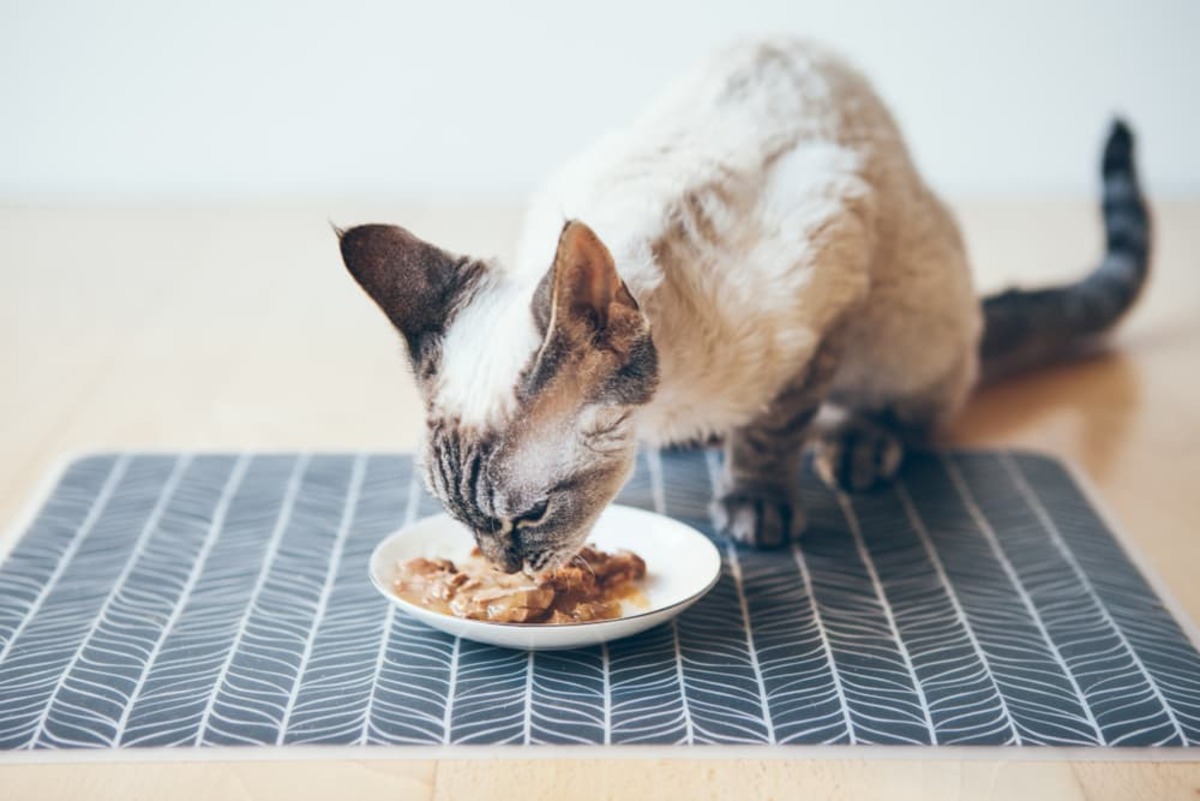
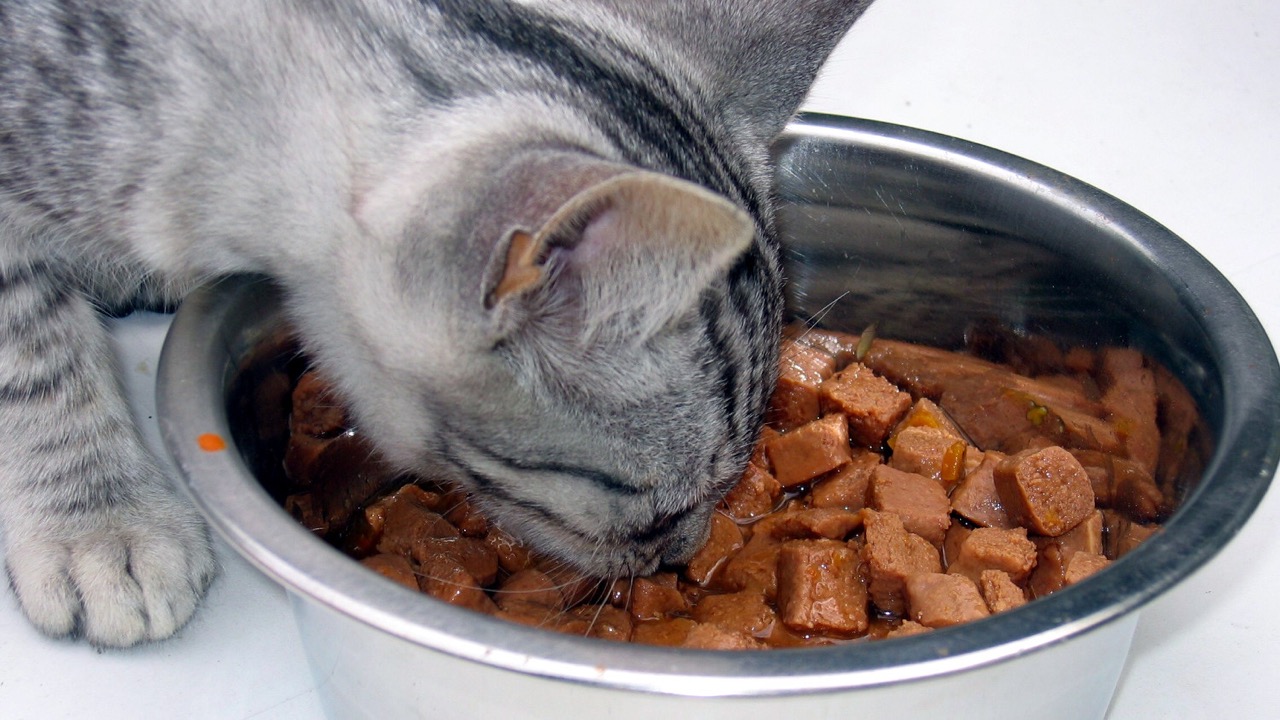
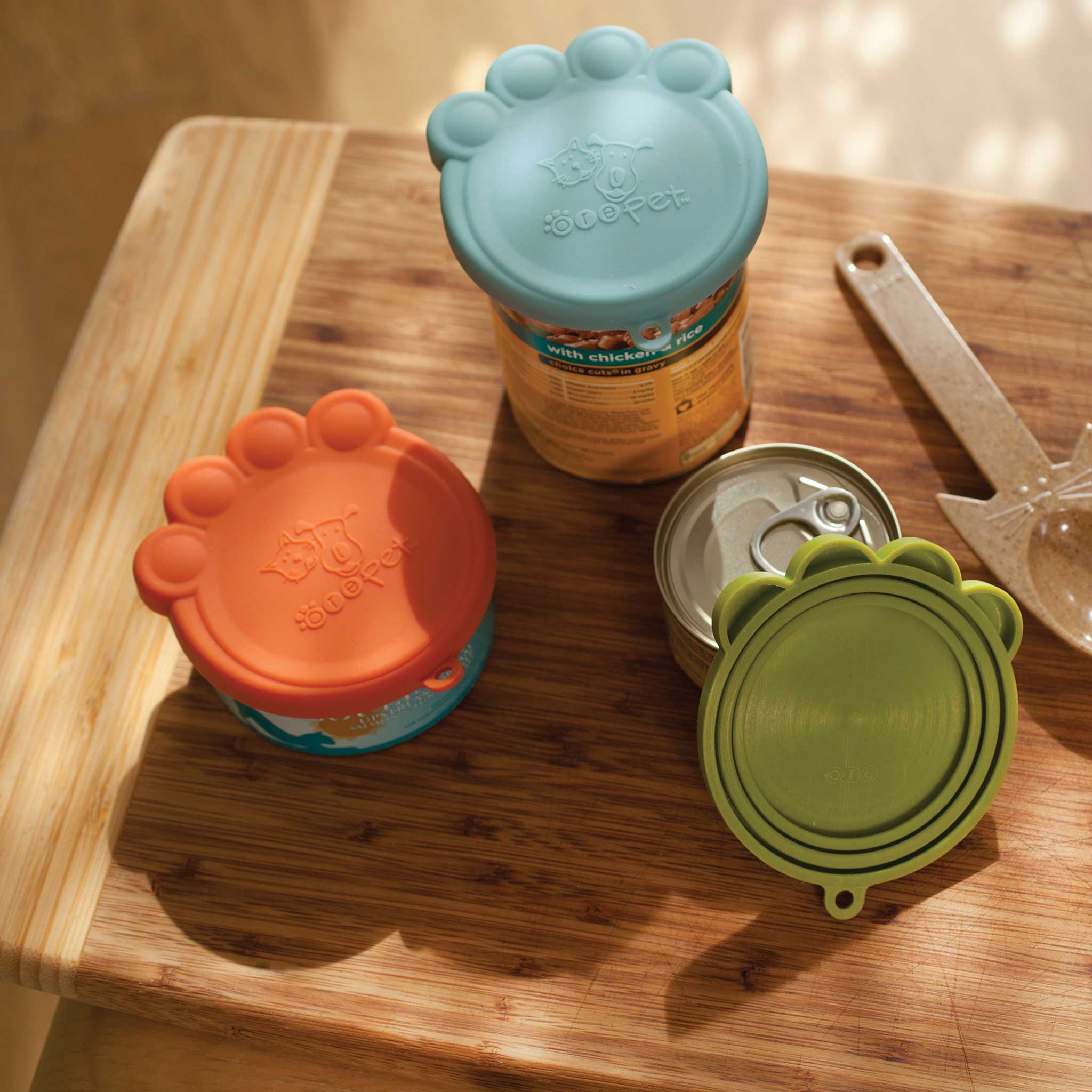
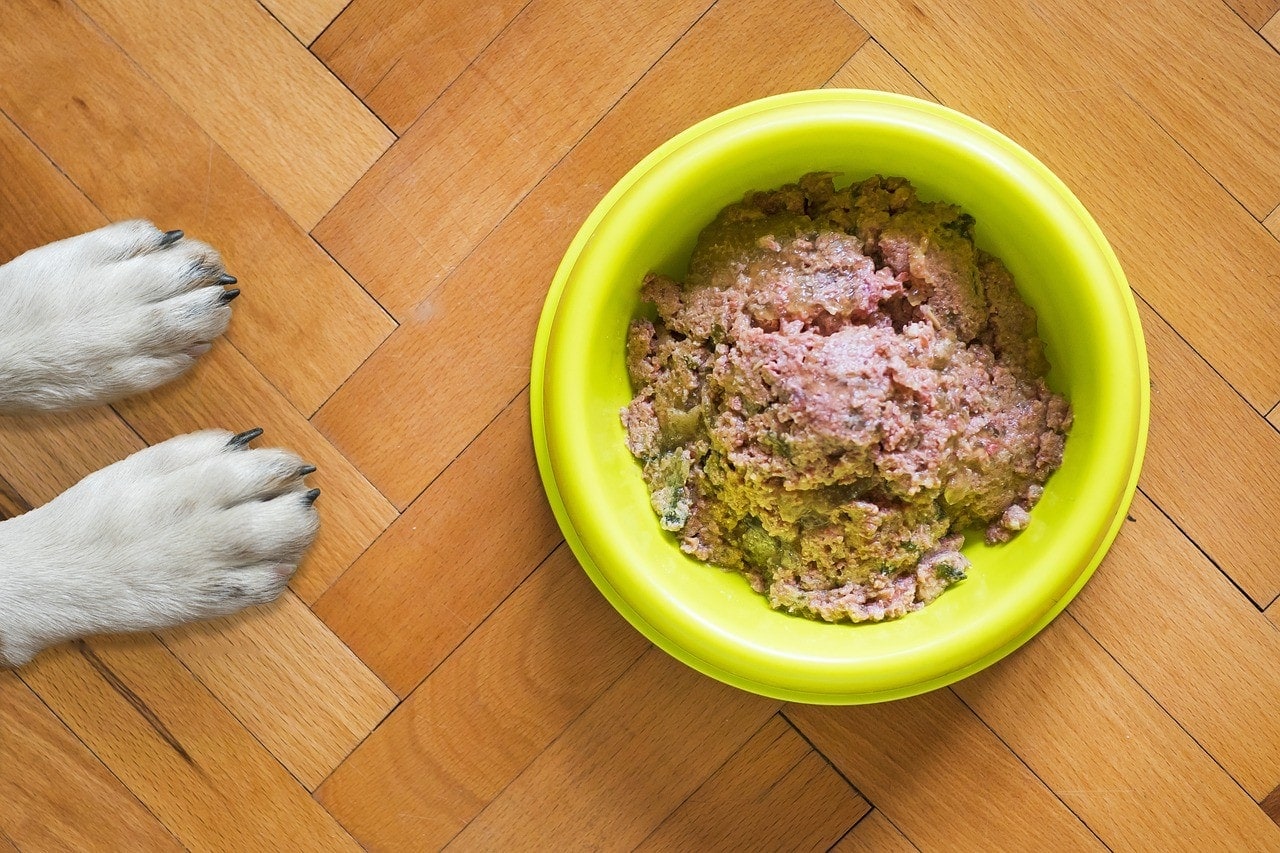
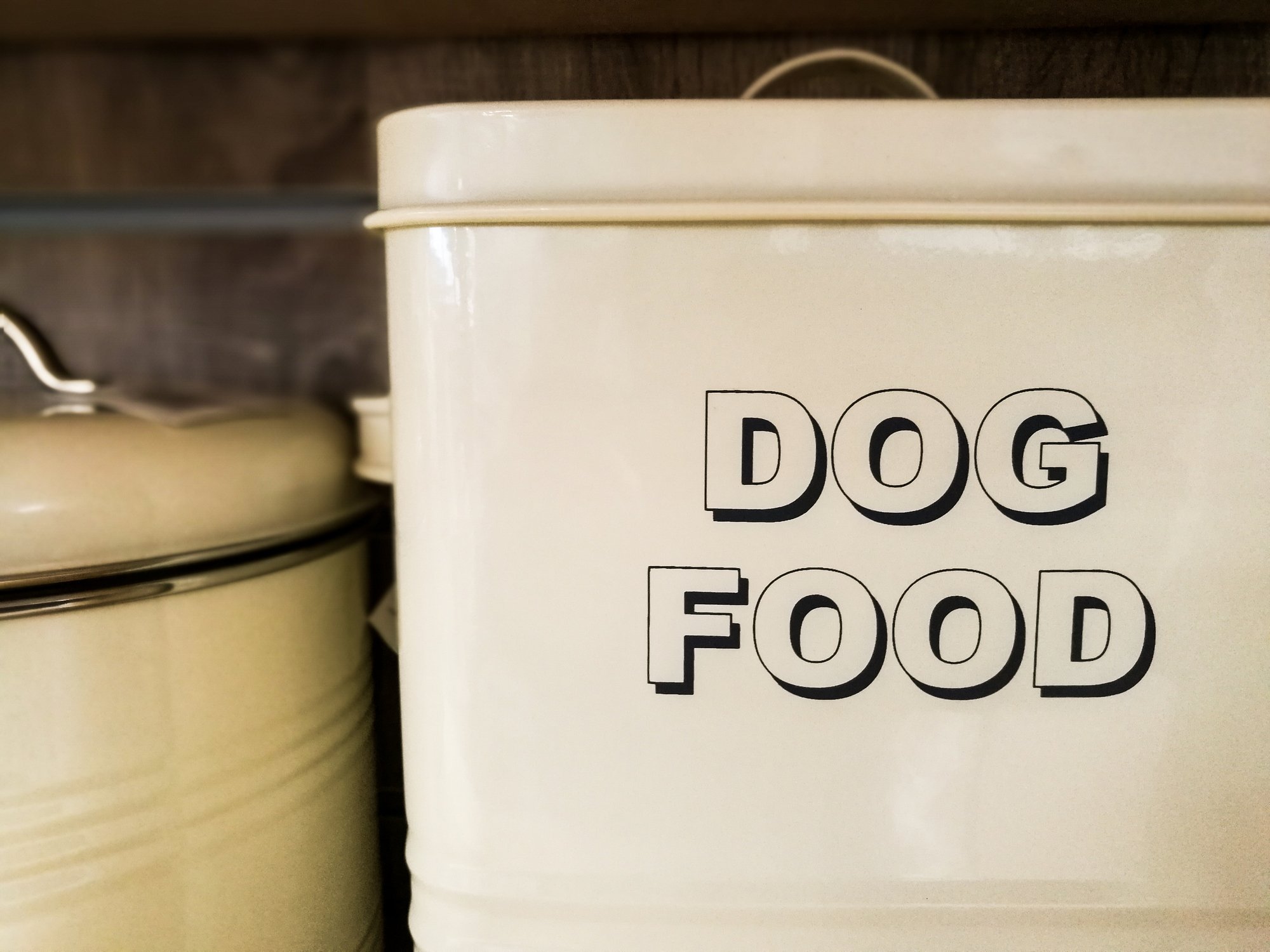
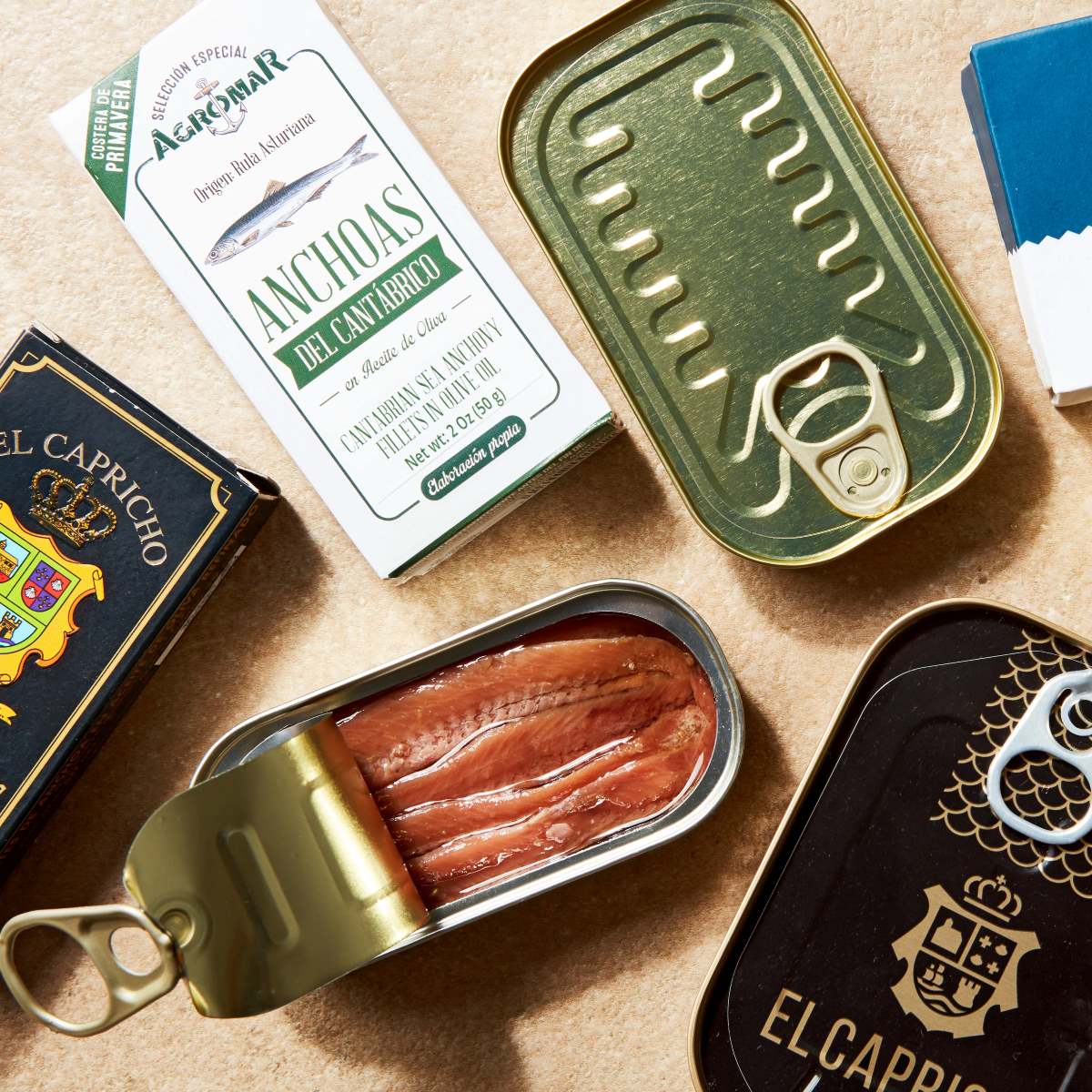
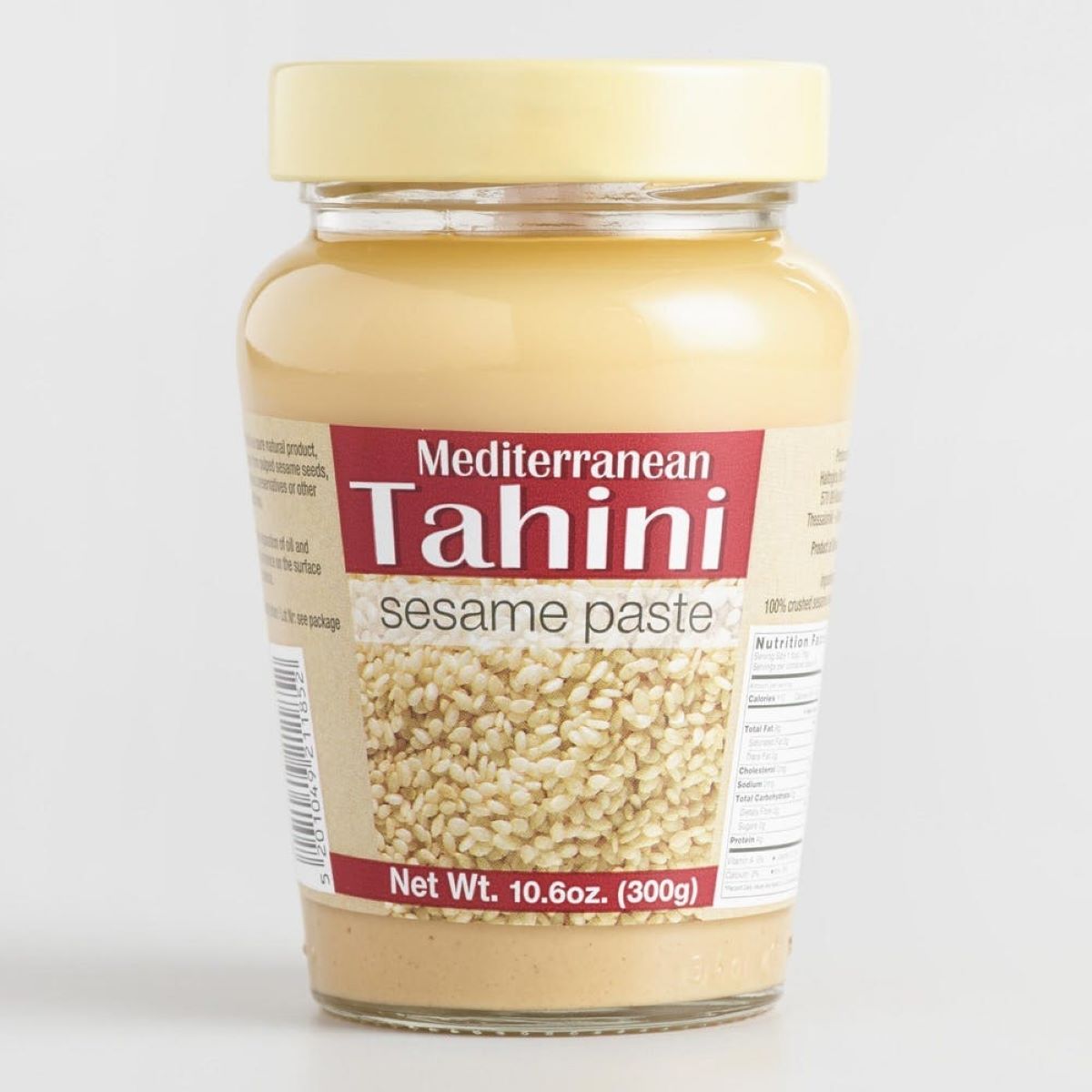
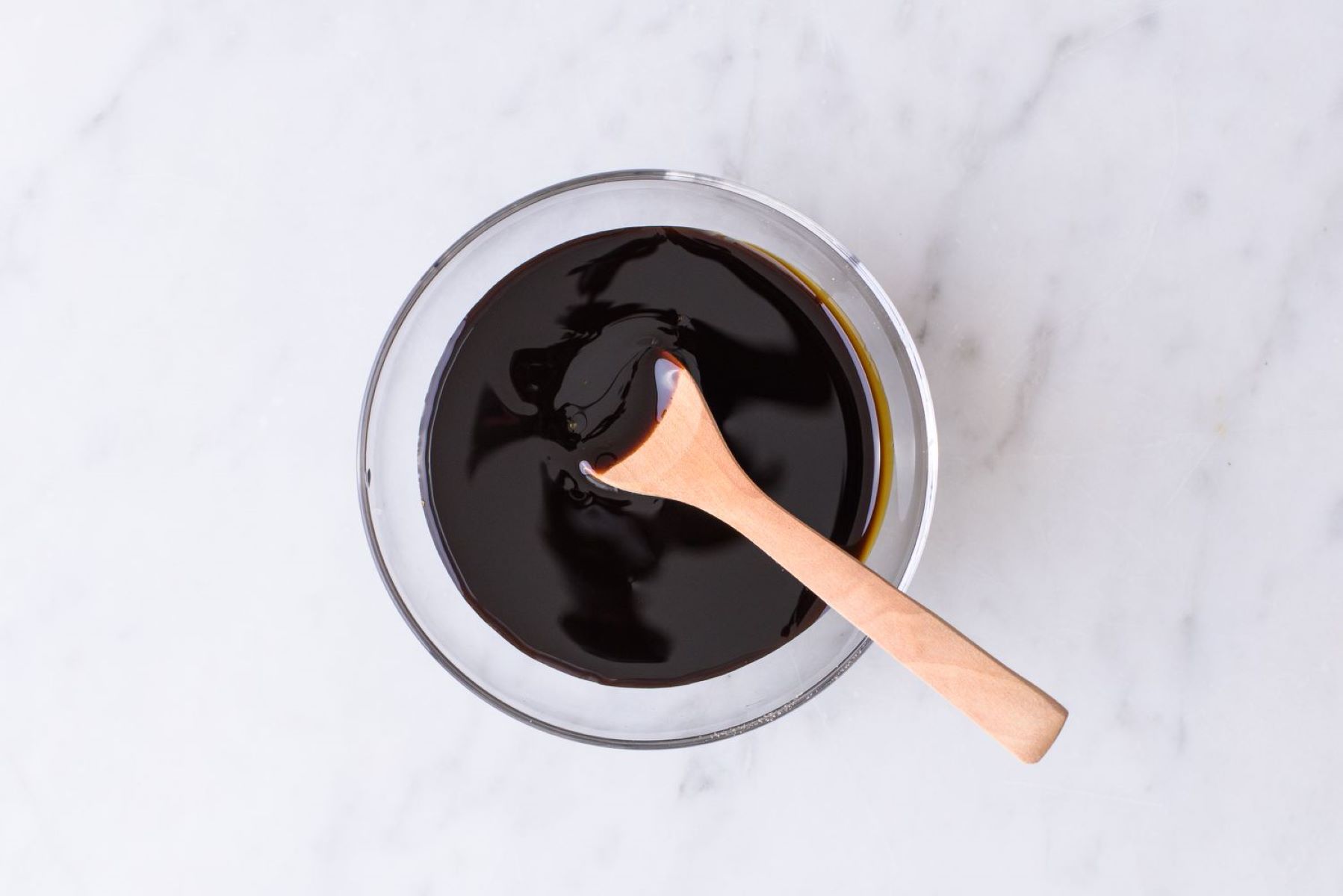
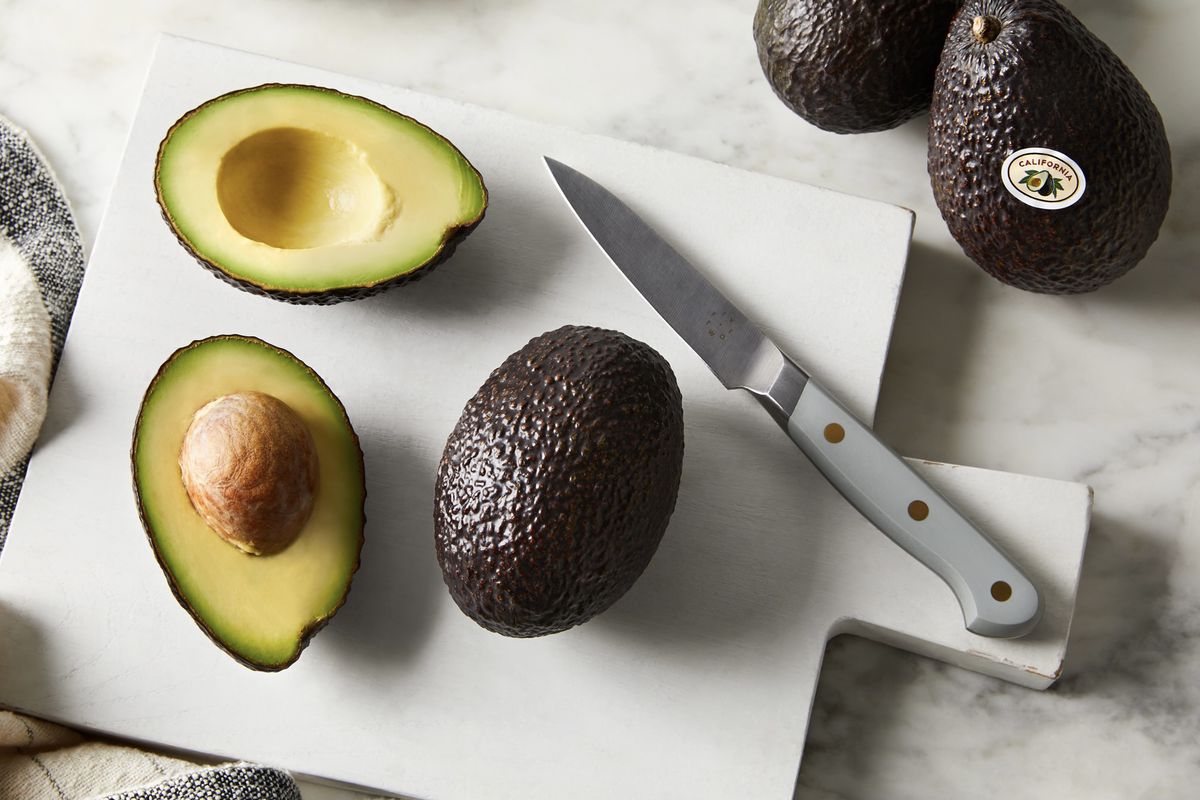
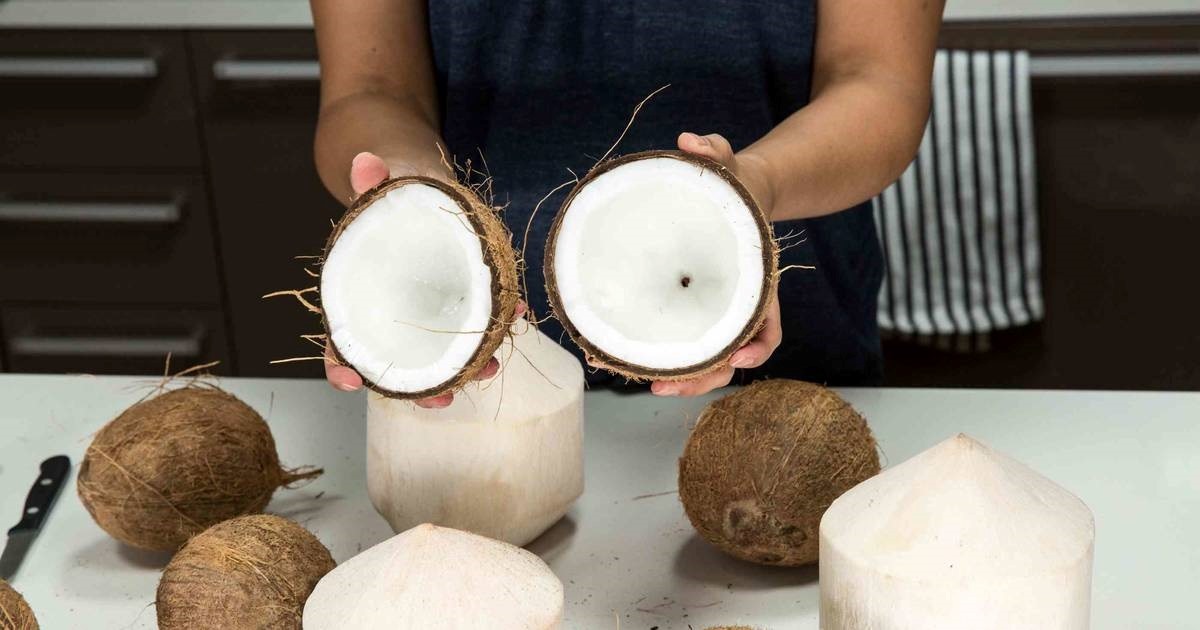
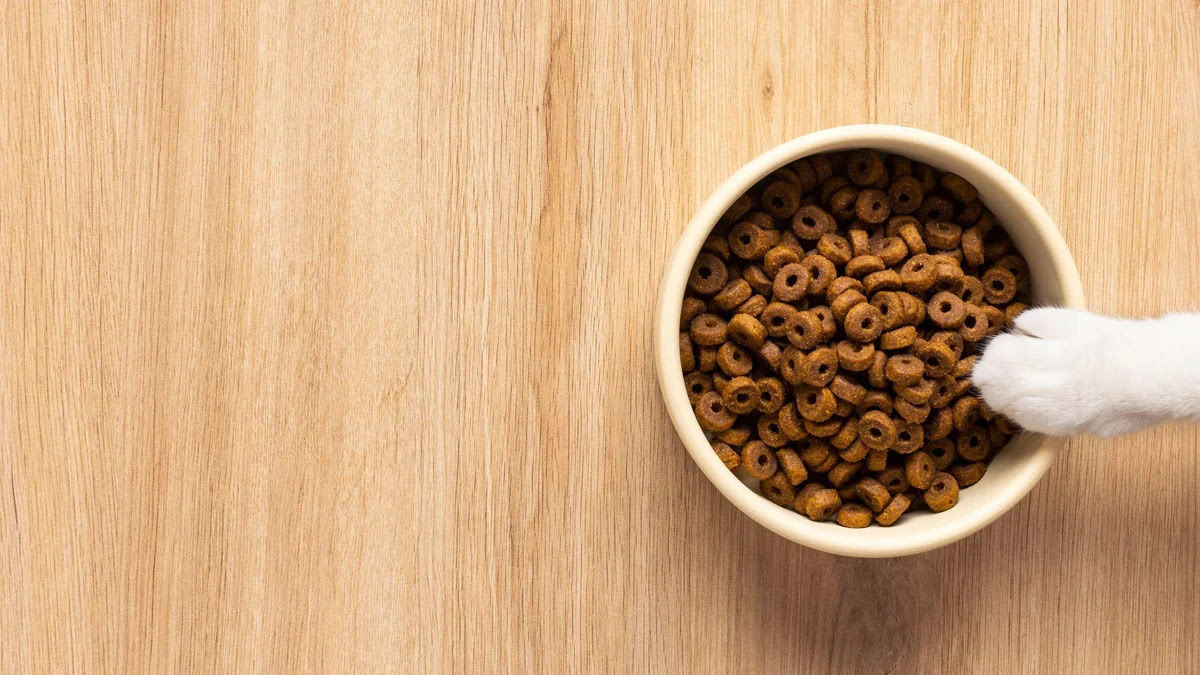
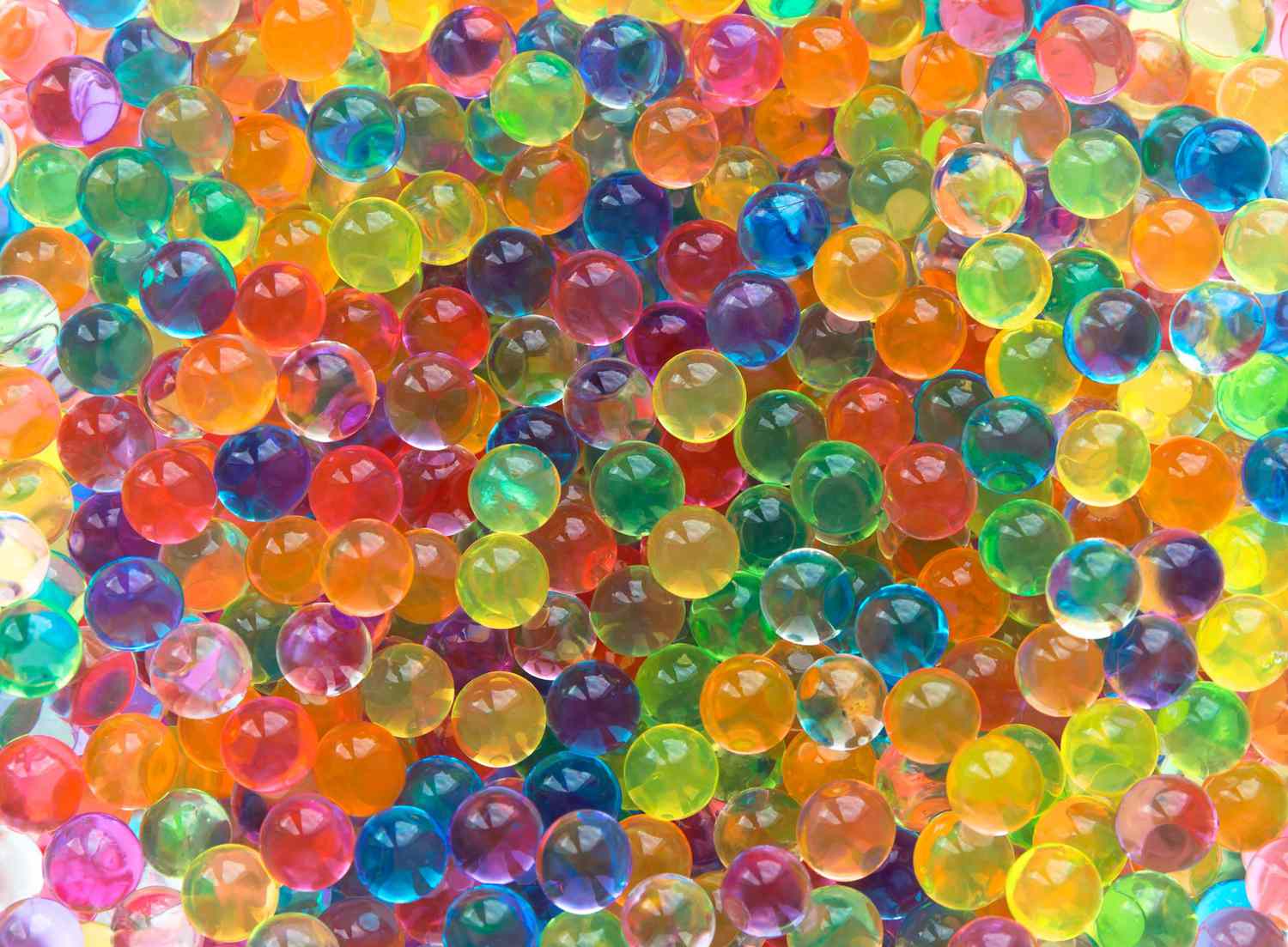
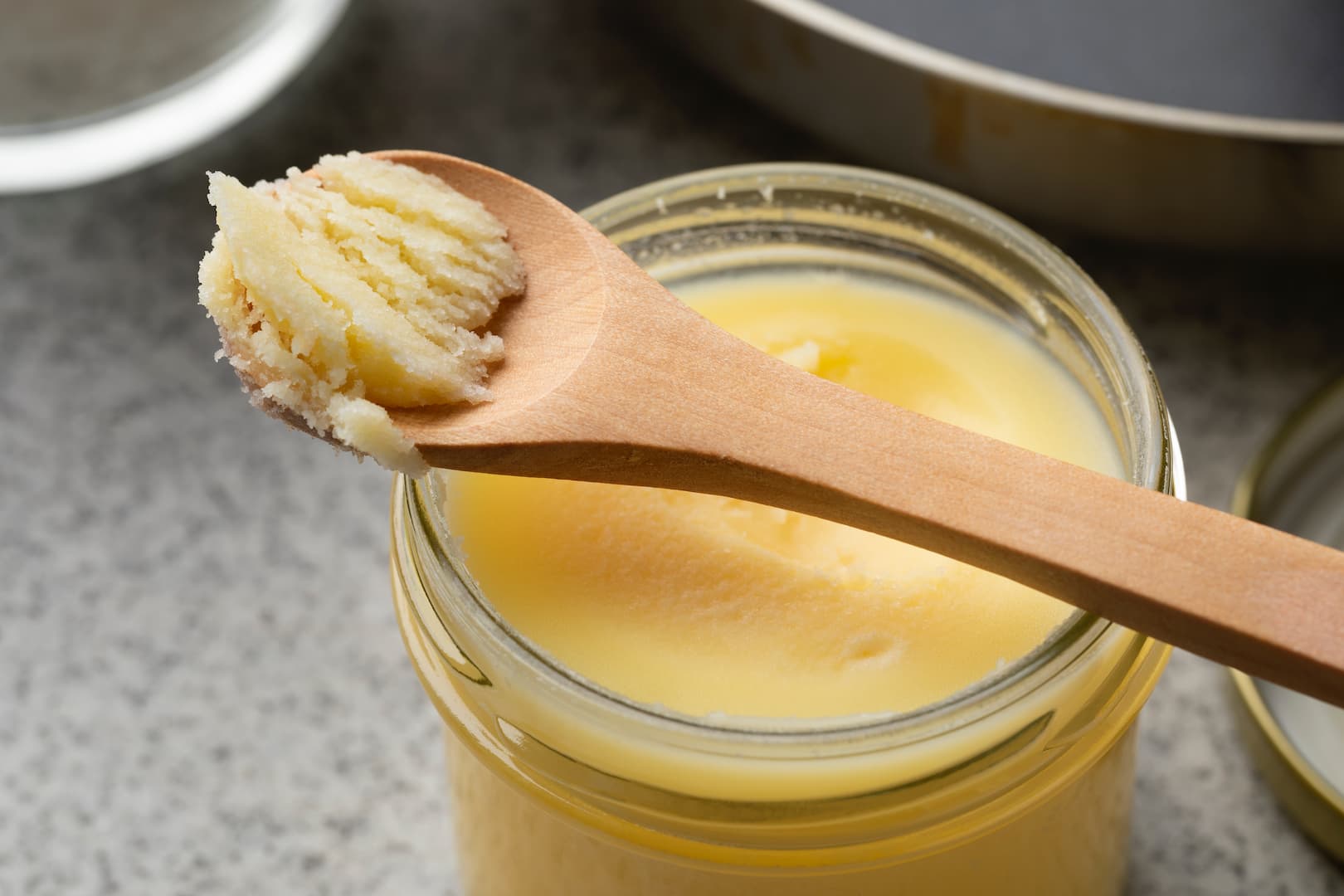


0 thoughts on “How To Store Open Wet Cat Food”